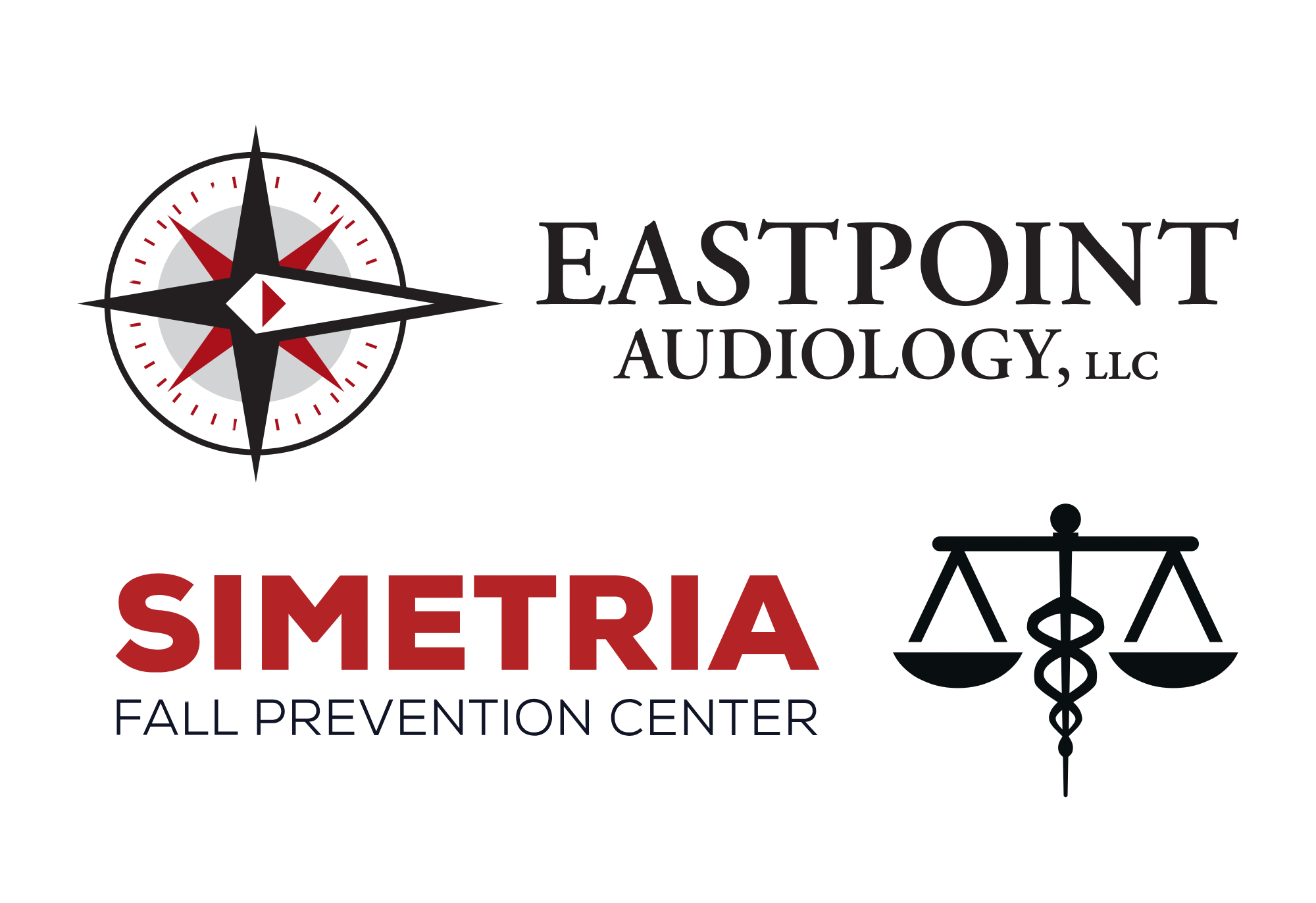
Noise is a constant factor in our daily lives. Our environment—from traffic and yard work to music via personal audio devices—is increasingly loud. This increase in noise can have a harmful effect on your hearing if you’re not careful. The observance of National Protect Your Hearing Month in October provides the perfect opportunity to focus on the conservation of this key sense.
How to preserve your hearing: 8 key methods
Luckily, some simple measures exist that allow you to defend your hearing from routine environmental sounds. The following are eight major recommendations for maintaining your hearing health.
1. Know volume levels and their impact
To begin preventing hearing loss, you must know when noise intensity is too loud to tolerate. Different sounds produce varying decibel (dB) levels, and prolonged exposure can lead to permanent hearing loss. A fast look is below:
- 85–90 dB: Lawn mowers, heavy traffic – Safe for up to 2 hours of exposure.
- 100 dB: Motorcycles, construction machinery – Hearing damage can occur in as little as 15 minutes.
- Noises exceeding 110 dB (e.g., explosions, fireworks) can lead to immediate damage in just seconds.
A anticipatory mindset regarding noise levels enables you to keep away from environments that are detrimental for your hearing.
2. Determine sound levels yourself
Want to know the actual volume of your surroundings? A smartphone makes measuring sound levels easy. There are many free applications that function as sound meters, allowing you to examine surrounding noise levels. The key to getting reliable data is to take the measurement from the distance you normally maintain from the origin of the sound.
Using this application regularly can help you better interpret your environment and make informed decisions about protecting your hearing.
3. Keep the volume down on your devices
One of the most frequent causes of gradual hearing damage is enjoying music or podcasts at volumes that are too high. The ease of headphones and earbuds often comes with hidden risks. For example, many headphones can exceed 100 dB, resulting in hearing loss in just 15 minutes.
Today, over a billion young people are at risk of hearing loss from using earbuds at high volumes. To be safe, keep your earbud volume below 50% of its full level to protect your hearing. Having to increase the volume past this point to hear suggests that you may already have some hearing damage.
4. Avoid using music to drown out background noise
For those who reside in loud areas or work in noisy settings, the urge to use headphones to overpower the ambient sound can be strong. It is actually harmful to increase the volume excessively just to override external noise. The recommended solution is noise-canceling headphones, which permit listening to media at a much reduced and safer volume. Should noise-canceling headphones not be an option, simple earplugs are a viable alternative.
5. Always utilize earplugs in noisy environments
Whether you are at a concert, a sports event, or operating loud machinery, earplugs are critical for those routinely exposed to loud environments. Since they are small, affordable, and easy to transport, earplugs offer an uncomplicated but powerful method of hearing protection.
If you use them often, custom-fitted earplugs can be obtained, offering enhanced protection and a better fit than off-the-shelf versions. You should certainly use them in all environments that are loud.
6. While at work, follow safety guidelines
When your work necessitates being near loud machinery or equipment, you must strictly follow all safety procedures for hearing protection. Be cautious because some jobs may discount the risks; individuals claiming “it’s not that loud” could be suffering from major hearing loss and thus misjudging the true noise level. Protect yourself by following guidelines and wearing suitable protective equipment.
7. Move further away from loud noise
Frequently, the best strategy for safeguarding your ears is merely to put distance between yourself and the noise. The benefit of distance is that it lessens the sound’s intensity before it reaches your ears, thus serving to minimize the risk of harm. To illustrate, moving 20 feet back from a 110 dB sound source can lower the level to about 100 dB, which is safe for 15 minutes of exposure.
Consider fireworks as a relevant illustration. While a firework explosion registers at 150 dB, if you are close to where it launches, the sound can still surpass 120 dB, which can cause instant harm. You can nonetheless enjoy the display at a safer level, below 100 dB, by being 2,000 feet away (the length of about five football fields).
8. Existing hearing loss needs to be addressed promptly
It’s extremely important to take steps as soon as possible if you have some degree of hearing loss to prevent further decline. Hearing loss doesn’t go away on its own; it progresses. Nearly 1 in 10 adults between the ages of 55 and 64 has significant hearing loss, and those numbers rise sharply in older age.
Failing to address the first warning signs of auditory loss will only hasten its advancement. On average, people wait 7 years too long to seek help. Your ability to protect the hearing you still have is improved the earlier you see a hearing specialist to review options like hearing aids.
Act now for better hearing
The observance of National Protect Your Hearing Month is an opportune time to place a high value on your auditory well-being. Whether you’ve already experienced some hearing loss or want to avoid future damage, these simple steps can make a big difference.
Schedule a hearing test today and take control of your hearing health before it’s too late.
